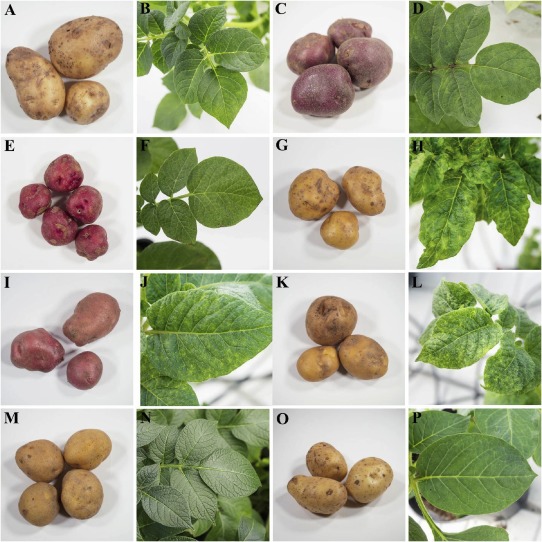Potato virus G (PVG) is a serious threat to potato production, causing yield losses and impacting the quality of potato crops. In this article, we will discuss the latest data on PVG, its transmission, symptoms, and management strategies.
According to recent studies, PVG is one of the most prevalent viruses affecting potato crops worldwide, and it can cause severe damage to potato plants. The virus is primarily transmitted through infected seed potatoes, and once infected, the plants may exhibit symptoms such as mosaic patterns on leaves, stunted growth, and yield reductions.
The best approach to managing PVG is to prevent its spread by using certified disease-free seed potatoes and ensuring proper sanitation of equipment and storage facilities. Crop rotation and the use of insecticides can also be effective in reducing the incidence of PVG.
It is essential for farmers, agronomists, agricultural engineers, and scientists to stay informed about the latest information regarding PVG and its management strategies to protect their potato crops and ensure food security.
In conclusion, the threat of PVG to potato production is a significant concern for the agricultural industry. By taking preventive measures and utilizing effective management strategies, farmers can reduce the impact of PVG on their potato crops and ensure sustainable potato production.
#PotatoVirusG #PVG #PotatoProduction #Agriculture #CropManagement #CertifiedSeedPotatoes #Sanitation #Insecticides #FoodSecurity #SustainableAgriculture
